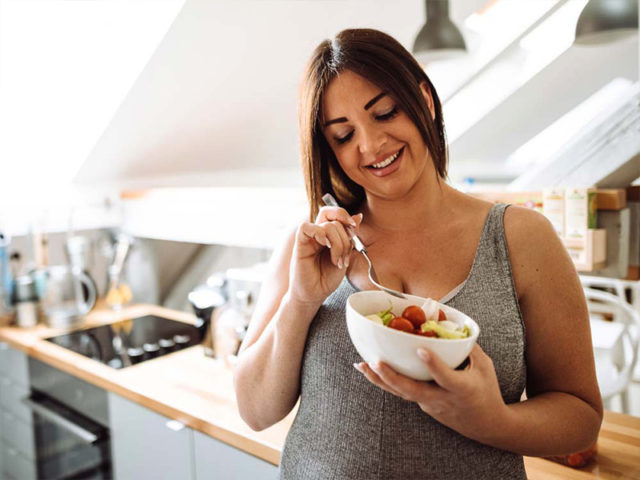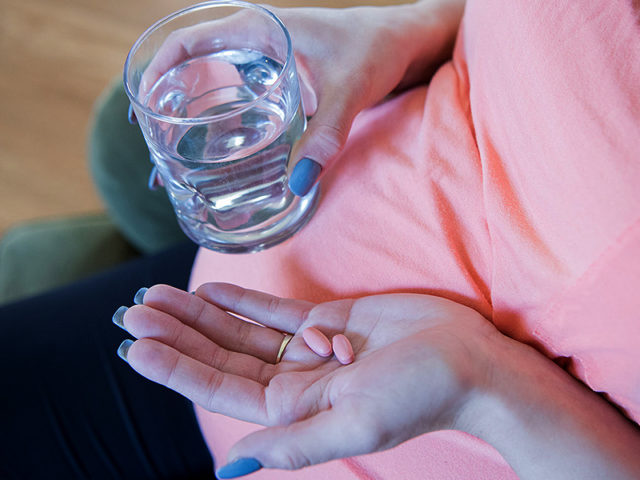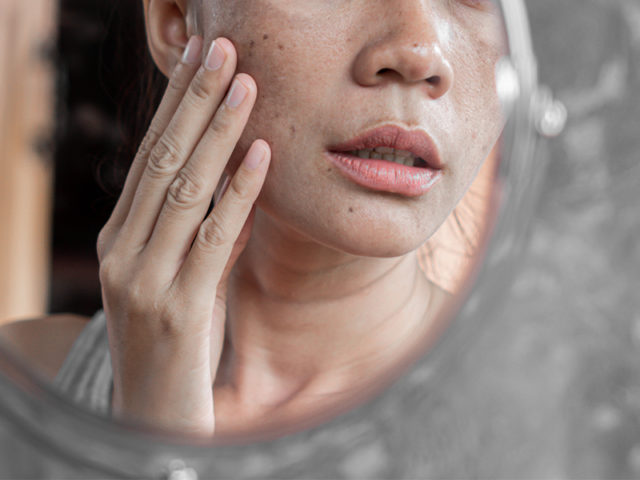Chances are that if you’re reading this, you already suspect that you have PCOS or have been recently diagnosed. And if you’ve been on social media, forums, and the comments section of anything and everything on PCOS, you’ve read the plethora of symptoms that women experience with the same condition. If you wonder why, you’re in the right place. To do our bit for PCOS Awareness Month, TC46 brings you all the information you need about PCOS from experts.
8 Common Symptoms Of Polycystic Ovary Syndrome (PCOS)
- Irregular periods
- Infertility
- Excessive facial hair
- Heavy menstrual flow
- Pelvic pain
- Acne
- Fluctuations in weight
- Mood swings
In conversation with TC46, Obstetrician and Gynaecologist Dr Sushma Tomar from Fortis Hospital, Mumbai talks about the history of PCOS, the lifecycle of the condition and managing it effectively.
PCOS History: Changing Lifestyle, Hormones & Its Effects
The common causes of Polycystic Ovarian Syndrome (PCOS) today are changing dietary habits, sedentary lifestyles, stress from work, personal relationships and more. The kind of diet which includes a lot of fat and carbohydrates is highly detrimental to health. Due to a sedentary lifestyle, digestion is hampered, that in reverse causes weight gain and brings about changes in metabolism. At the same time, the vegetables and cereals we eat are generally grown with lots of pesticides, chemicals and hormones. Even milk and other dairy products that we consume today have different hormones. All of these combined with the harmful effects of the substances affect one’s growth and hormonal development. This hormonal imbalance leads to PCOS in many women and is thus quite widespread nowadays.
Lifecycle of PCOS
One common feature observed in most (60–80%) of the patients is an excess of Androgen. Due to Polycystic Ovary Syndrome, a woman often has irregular periods or even extended menstrual cycles.
Data from a study suggests that, “Daughters of women with PCOS have a greater follicle complement and mild metabolic abnormalities from infancy. PCOS is often diagnosed in puberty with the onset of hyperandrogenism and may be preceded by premature pubarche. During the reproductive years, there is a gradual decrease in the severity of the cardinal features of PCOS.”
The Four Types Of PCOS: All You Need To Know
1. Insulin-Resistant PCOS
The most common cause of PCOS is insulin resistance. 70% of patients who are having insulin resistance need medical treatment, need to lead a healthy lifestyle and consider weight management, exercise, and meditation to reduce stress also important. For a few patients with infertility issues, who need infertility treatment and do not respond to medical treatment, a laparoscopic ovarian drilling procedure is needed.
2. Post-Pill PCOS
The second type of PCOS is post-oral contraceptive pills. Once you stop taking the pills, it takes a few months for ovulation to come to normal and it causes symptoms of PCOS. Lifestyle changes help with its treatment.
3. Adrenal PCOS
The next type of PCOS is related to the adrenal glands. It is because of high levels of Cortisol and DHEAS, which are related to massive stress. Supplementation with vitamin C, B5, and magnesium, meditation, coupled with mild exercise can help with the treatment.
4. Inflammatory PCOS
The fourth one is inflammatory PCOS. Here, chronic inflammation causes high levels of testosterone. Poor diet and unhealthy lifestyles play an important role here. Patients experience a lot of skin infections, fever, and other infections when suffering from this type of PCOS.
Managing PCOS
The most effective ways include making lifestyle changes. Doctors recommend maintaining a healthy weight (on the lesser side) and having a low-calorie diet. Losing excess weight leads to better functioning of the medication for PCOS and also helps some with infertility.
Here is the ultimate guide to navigating PCOS with expert advice, tips and everything you need to know.
The Correlation Between Food & PCOS
The PCOS diet mainly aims at the consumption of foods that prevent a sudden spike in blood sugar levels. Along with eating the right food, women with PCOS are also advised to exercise regularly in order to shed extra weight. The first step towards battling PCOS through a diet is to be able to differentiate between the best foods for PCOS and the foods to avoid with PCOS.
There are also some ground rules that one needs to keep in mind while adopting the polycystic ovary syndrome diet. They need to understand that following a PCOS diet plan is a lifestyle change and not just an alteration in the food one chooses to eat. Everything that goes into the body can either help it reverse the effects of PCOS or aggravate them. Consistency in following the PCOS diet plan to lose weight will gradually help the woman completely get rid of PCOS.
PCOS Diet Chart
| Early Morning | Breakfast | Lunch | Evening Snack | Dinner | Bedtime |
| 8-10 almonds/walnuts OR 1 fruit (of your choice) OR 10ml amla or wheatgrass juice with 4-6 almonds/walnuts OR 1 cup cinnamon (dalchini) tea with 4-6 almonds/walnuts OR 1 glass green juice made with bottle gourd (dudhi), lemon, ginger, cucumber & mint (pudina) OR 100ml of low-fat milk | 8-10 almonds/walnuts OR 1 fruit (of your choice) OR 10ml amla or wheatgrass juice with 4-6 almonds/walnuts OR 1 cup cinnamon (dalchini) tea with 4-6 almonds/walnuts OR 1 glass green juice made with bottle gourd (dudhi), lemon, ginger, cucumber & mint (pudina) OR 100 ml of low-fat milk | 2 small rotis with dal & vegetable OR 1 cup brown rice vegetable pulao with raita OR 1 cup brown rice with chicken/egg curry OR 2 jowar rotis with vegetable OR 1 bowl chicken soup with a vegetable salad | 1 glass buttermilk made with low-fat yoghurt OR 1 small bowl of bhel OR 1 bowl of mixed fruits OR 2 egg whites OR 1 bowl of sprouts salad | 1 roti with vegetable & yoghurt OR 1 bowl vegetable soup OR 1 bowl of brown rice with chicken/fish (50g) and vegetable salad OR 100g grilled chicken/fish with sauteed vegetables OR 1 roti with fish/ chicken curry or dal OR 2 whole egg omelettes with vegetables | 1 cup of green tea/cinnamon (dalchini) tea |
Yoga For PCOS
Begin your yoga journey with this video of 3 yoga asanas to practice if you have PCOS.









